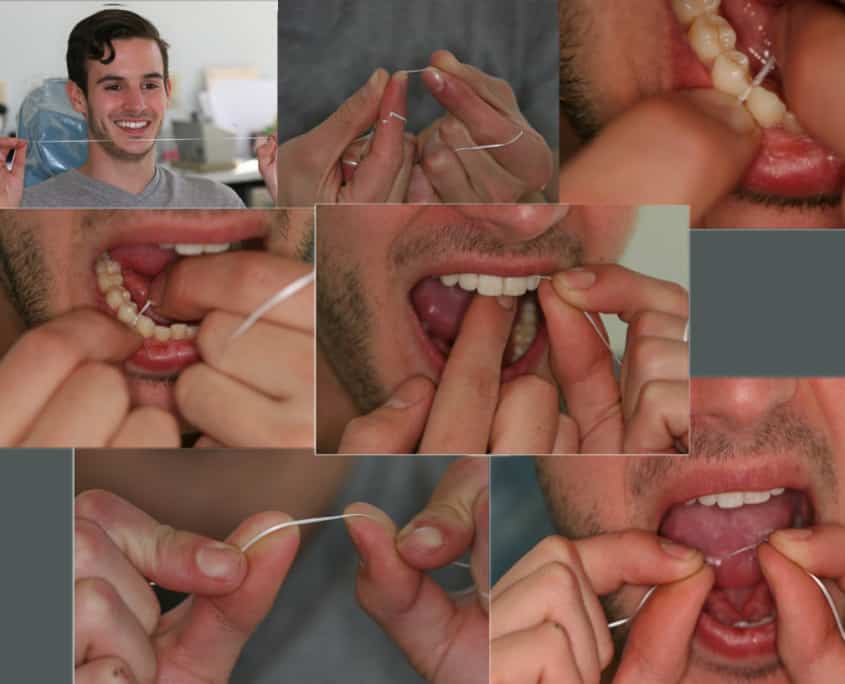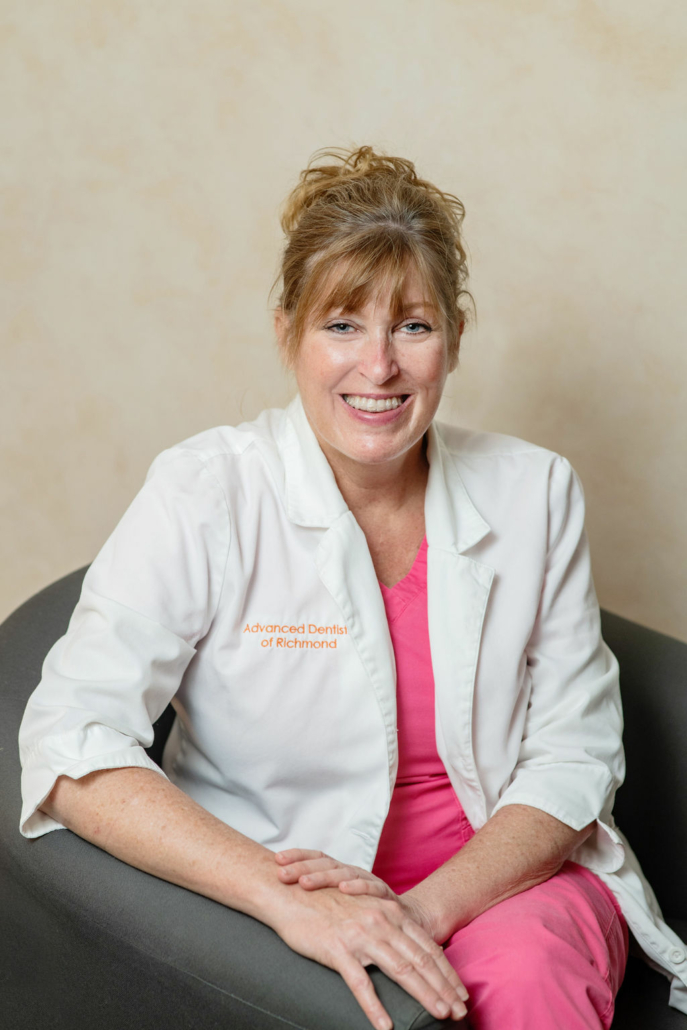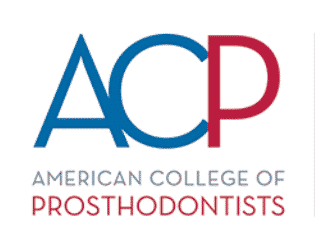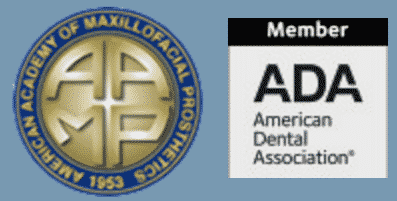Professional cleaning dental hygiene Richmond, VA
Dental hygiene or dental cleaning is the removal of dental plaque and tartar teeth. Plaque is a soft, sticky, bacteria-infested film and tartar is a calcified plaque layer. Dental cleanings are necessary to prevent cavity formation, and gingivitis (mild gum disease). Poor dental hygiene may lead to periodontitis, a more serious gum disease. If left untreated, severe gum disease can result in tooth loss. Cleaning and polishing of the teeth reduce the number of bacteria that can stick to them.
Dental Hygiene Instruments
The dental hygienist uses instruments to gently remove these deposits without harming the teeth. Initially, the hygienist uses an ultrasonic device. It emits high-frequency vibrations to dislodge larger pieces of tartar. The device sprays a cooling mist of water, while it works. This eliminates debris and keeps the target area at a comfortable temperature. Next, the hygienist uses hand tools called scalers and curettes. These tools are shaped to match the curves of the teeth. They are effective to remove smaller deposits and smooth the tooth surfaces.
Once all the tooth surfaces have been cleaned of tartar and plaque, the teeth are ready to be polished. A slow-speed handpiece with a soft rubber rotating cup is used for polishing. Finally, a prophylactic paste is applied. This enhances tooth desensitization, tubule occlusion, stain removal, and surface smoothing. Finally, your dental hygienist may also apply fluoride to help strengthen the tooth enamel.
Home dental care in Richmond, VA
No treatment will be effective unless a patient follows up with regular oral hygiene. This includes brushing and flossing at least once a day. The key is not only to do it regularly but also to do it right. Our hygienists are trained and would gladly teach you the proper technique.
Flossing your teeth
The use of dental floss is an effective means of removing food residue lodged between the teeth. One should take a generous length of floss so that it can be wound around the index fingers of each hand. Leave a space between the fingers about the width of a tooth. Insert the floss between each pair of adjacent teeth. Move it freely upwards, downwards, and sideways. Press it against the sides of the teeth to remove any food particles or plaque that may be lodged there. Also, attempt to remove plaque that may be lodged under the edge of the gums.
Brushing your teeth
Brushing is an effective means of reducing populations of harmful bacteria in the mouth. It eliminates their food source – residual food on and around the teeth. Nowadays many people use an electric toothbrush such as an Oral B or Sonicare. Some still prefer manual brushes. Regardless of which type of brush it is important to hold the brush at a 45-degree angle to your teeth. Gently, but thoroughly, rotate the bristles across the teeth and around the gums. Use a backward and forward motion gently massaging the gums. Brushing should cover the sides and chewing surfaces of all teeth. Lightly brush the tongue to help remove bacteria that can cause bad breath.
Is Fluoride still necessary?
It is important to use a toothpaste containing fluoride. Fluoride helps to harden the enamel, the outer layer of the tooth. The hardened enamel helps the tooth resist the degrading effects of cavities. Fluoridation can even reverse the effects of initial cavity formation. This process is called remineralization. Antibacterial rinses can also help reduce bacterial populations in the mouth.
Antibacterial rinses can also help reduce bacterial populations in the mouth. We, at Advanced Dentistry of Richmond, recommend our preferred brands of toothbrushes, dental floss, fluoride treatments, and mouthwash. Please don’t hesitate to ask regarding techniques and for a sample of our recommended products.





